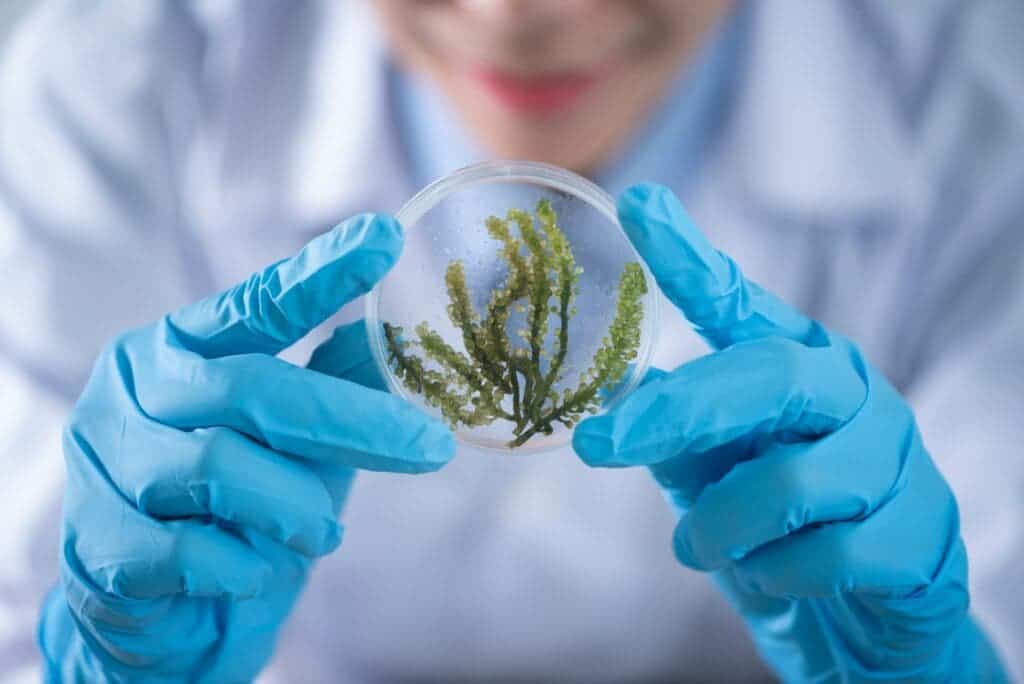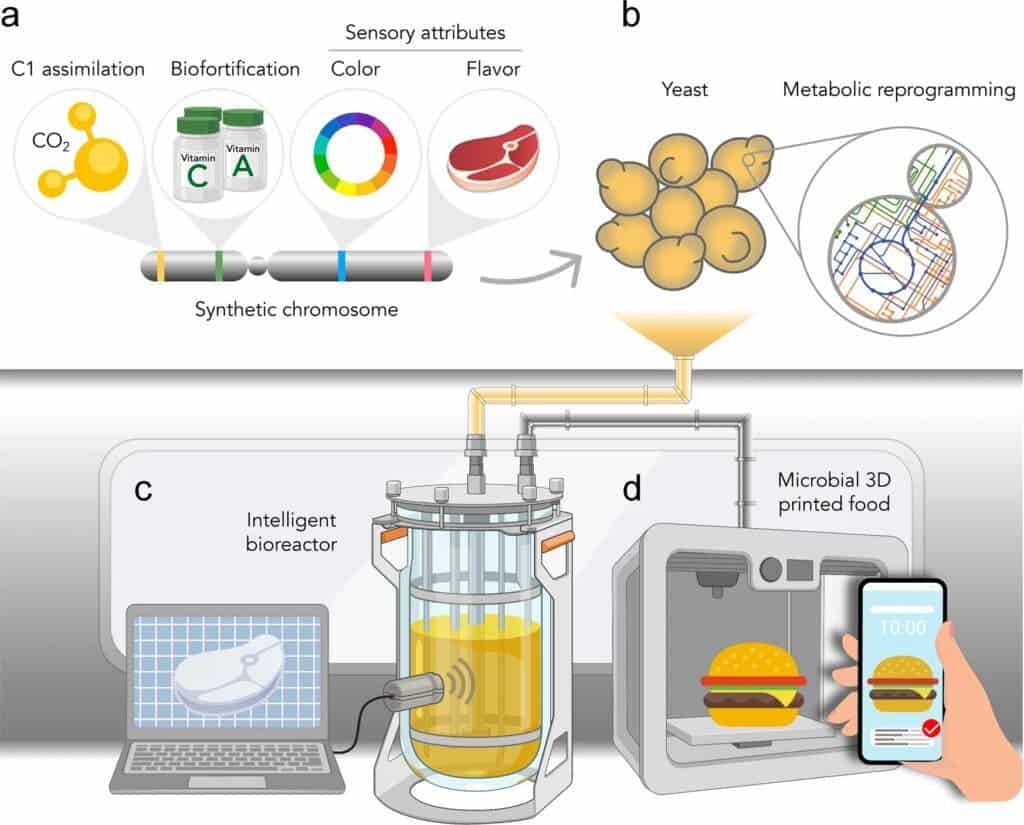Astronauts don’t cook their food in space. For now, they depend on the rations that are supplied from Earth, but that may soon change thanks to a breakthrough in the field of bioengineered yeast.
A team of researchers in Australia has proposed a customizable food system that could create Earth-like food for space travelers using bioengineered Saccharomyces cerevisiae (popularly known as the “Baker’s yeast”). On Earth, this edible yeast is already used for producing dough, wine, and biofuel on a large scale. Soon enough, it could also expand beyond our planet.

Developing a technology that could allow astronauts to cook food in space would be crucial for longer space voyages. The current approach involves supplying food from Earth, and that just won’t work for bigger distances. But finding a solution to this problem is deceptively complicated.
Food supplies demand a lot of storage space (that further increases the logistics costs) and their nutritional value has a limited lifespan. So developing a new type of food seemed like a better alternative to a group of researchers.
“The best approach for sustaining extended human space ventures is to produce food on-site. Ideal food systems should be capable of reliably producing appealing nutrient-rich food on-demand, fast, and with minimal inputs and physical footprint,” the authors note in their study.
From yeast to space food
The cells of the S. cerevisiae yeast are loaded with nutrients that the human body can use. The yeast is rich in essential amino acids, proteins, fats, and carbohydrates — and unlike plant or animal cells, it is easy to modify yeast cells using bioengineering to further improve their nutritional value and taste.
Explaining this further, the first author and research fellow at Macquarie University, Dr. Briardo Llorente told ZME Science:
“Microorganisms (like yeast) require comparatively fewer inputs, double their biomass more rapidly, and are generally more amenable to bioengineering interventions than other food sources (e.g., plants, animals), all of which are critical advantages that justify developing them as food production systems.”
The researchers propose the idea of a 3D food printing system that would process the yeast cells to produce food items in space similar (in taste, aroma, and texture) to the dishes made on Earth. For example, if astronauts want to eat mango on their way to Mars, they can simply get it as a 3D-printed ‘food bar’ from the system — basically printing a yeast-based food bar would taste similar to that of a mango.
The yeast could also be grown with existing resources, the researchers emphasize.
How the yeast would be cultured in space?
On a planet like Mars, the yeast required for food production could be grown inside a bioreactor that would capture carbon and nitrogen from the surrounding atmosphere and use these nutrients to support the growth of the microbe. However, during the journey in space where there is no atmosphere these nutrients can be obtained from the CO2 and waste generated by the crew members.

Explaining this in detail, the authors wrote:
“It is estimated that an average human requires about 8700 kJ of food and will expel about 740 grams of carbon dioxide (CO2) per day20. If this amount of CO2 could then be used to grow microorganisms in bioreactors with the nutritional content of ~12.5 kJ per gram of cells13, and 0.2–0.5 g of cells made per gram of CO2 per day21,22, then the total energy available from microbial food grown on recycled CO2 would be between 1850 and 4625 kJ per person per day.”
The biomass harvested by the bioreactors would be then used by a 3D food printer to produce meals in the form of noodles and snack bars for astronomers. The researchers claim that by altering the genetic, cellular, and molecular structure of the yeast, and employing its multiple strains, the proposed food system would be able to create food items having different tastes, textures, and smells.
The researchers suggest that their 3D food printing system could also be adopted on Earth for food manufacturing and catering purposes. They believe it could be of great use in situations of crisis when suddenly the availability of food gets reduced in a region due to some calamity.
Areas that lack resources for supporting activities like agriculture can also become self-sufficient in food production using this approach. However, a lot of research and experiments are required to be done, before this idea turns into real-world technology.
The study is published in the journal Nature Communications.






